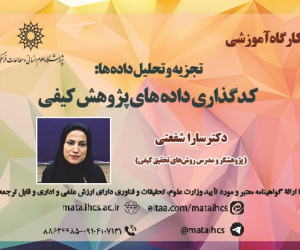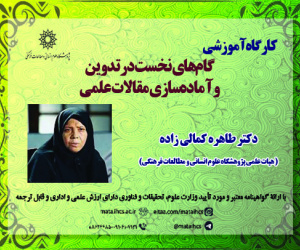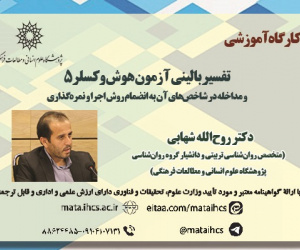مطالعه رویکرد حاکمان آل بویه در ایجاد تسامح مذهبی و واکاوی تحولات معماری اسلامی در این دوره (مقاله علمی وزارت علوم)
درجه علمی: نشریه علمی (وزارت علوم)
آرشیو
چکیده
آل بویه به عنوان یک حکومت شیعی مذهب پس از به قدرت رسیدن در قرن چهارم هجری، اجرای سیاست های هم زیستی دینی را در پیش گرفتند؛ به گونه ای که سیاست ایجاد هم زیستی دینی و مسالمت آمیز میان مسلمانان و اقلیت های دینی، یکی از اولویت های دینی و از دغدغه های اصلی و همیشگی اهل بیت (علیهم السلام) بوده است. این پژوهش بر آن است تا به تبیین عملکرد حکومت آل بویه، سیاست های اجرایی امرای این خاندان در جهت ایجاد هم زیستی مسالمت آمیز دینی میان شیعه و اهل سنت بپردازد. پژوهش حاضر به روش توصیفی و تحلیلی و با تکیه بر داده های منابع کتابخانه ای به رشته تحریر درآمده است. نتیجه مبین آن است که صرف نظر از اینکه آل بویه تا چه اندازه در اجرای این سیاست توفیق حاصل کردند، اما به طور مسلم همبستگی اجتماعی و دوری جامعه دینی از تنازعات بی حاصل، می توانست از مهم ترین آثار توجه به تلاش آن بزرگان باشد. واکاوی نقش آل بویه در ایجاد هم زیستی دینی میان شیعه و اهل سنت که سبب ماندگاری آل بویه با وجود جمعیت زیاد اهل سنت در کنار اقلیت شیعه گردید، انجام این پژوهش را ضروری می سازد. از دیگر نقاط درخشان دوره آل بویه توجه ویژه به اقدامات عمرانی و معماری بود.اهداف پژوهش:بررسی رویکرد آل بویه در ایجاد تسامح مذهبی.بررسی تحولات معماری اسلامی در دوره آل بویه.سوالات پژوهش:حاکمان آل بویه برای ایجاد تسامح مذهبی چه رویکردی در پیش گرفتند؟تحولات معماری اسلامی در دوره آل بویه چگونه بود؟A Study of the Buyid Rulers' Approach to Creating Religious Tolerance and Analyzing the Evolution of Islamic Architecture During This Period
The Buyid dynasty, as a Shi’ah Muslim government, implemented policies of religious coexistence after coming to power in the fourth century AH. The policy of creating peaceful religious coexistence between Muslims and religious minorities was one of the religious priorities and constant concerns of the Ahl al-Bayt (peace be upon them). This research aims to explain the performance of the Buyid government and the executive policies of its emirs in promoting peaceful religious coexistence between Shi’ah and Sunni Muslims. The present study is conducted using a descriptive-analytical method and relies on library resources. The results indicate that, regardless of the extent to which the Buyids succeeded in implementing this policy, social cohesion and the religious community's avoidance of futile conflicts could have been among the most important outcomes of their efforts. Analyzing the role of the Buyids in creating religious coexistence between Shi’ah and Sunni Muslims, which contributed to the Buyids' endurance despite the large Sunni population alongside the Shi’ah minority, makes this research necessary. Another highlight of the Buyid period was their special attention to construction and architectural projects.Research Objectives:Investigating the Buyid approach to creating religious tolerance.Examining the evolution of Islamic architecture during the Buyid period.Research Questions:What approach did the Buyid rulers take to create religious tolerance?How did Islamic architecture evolve during the Buyid period?









